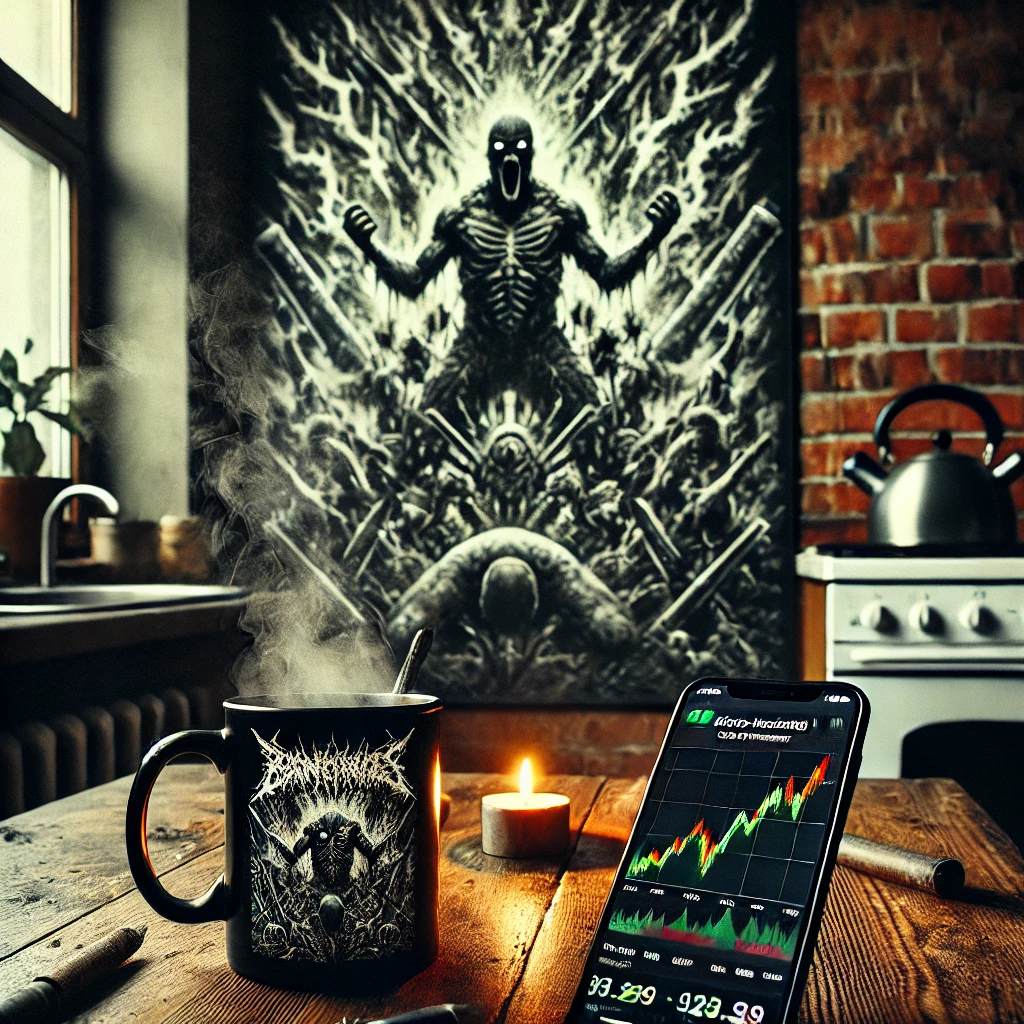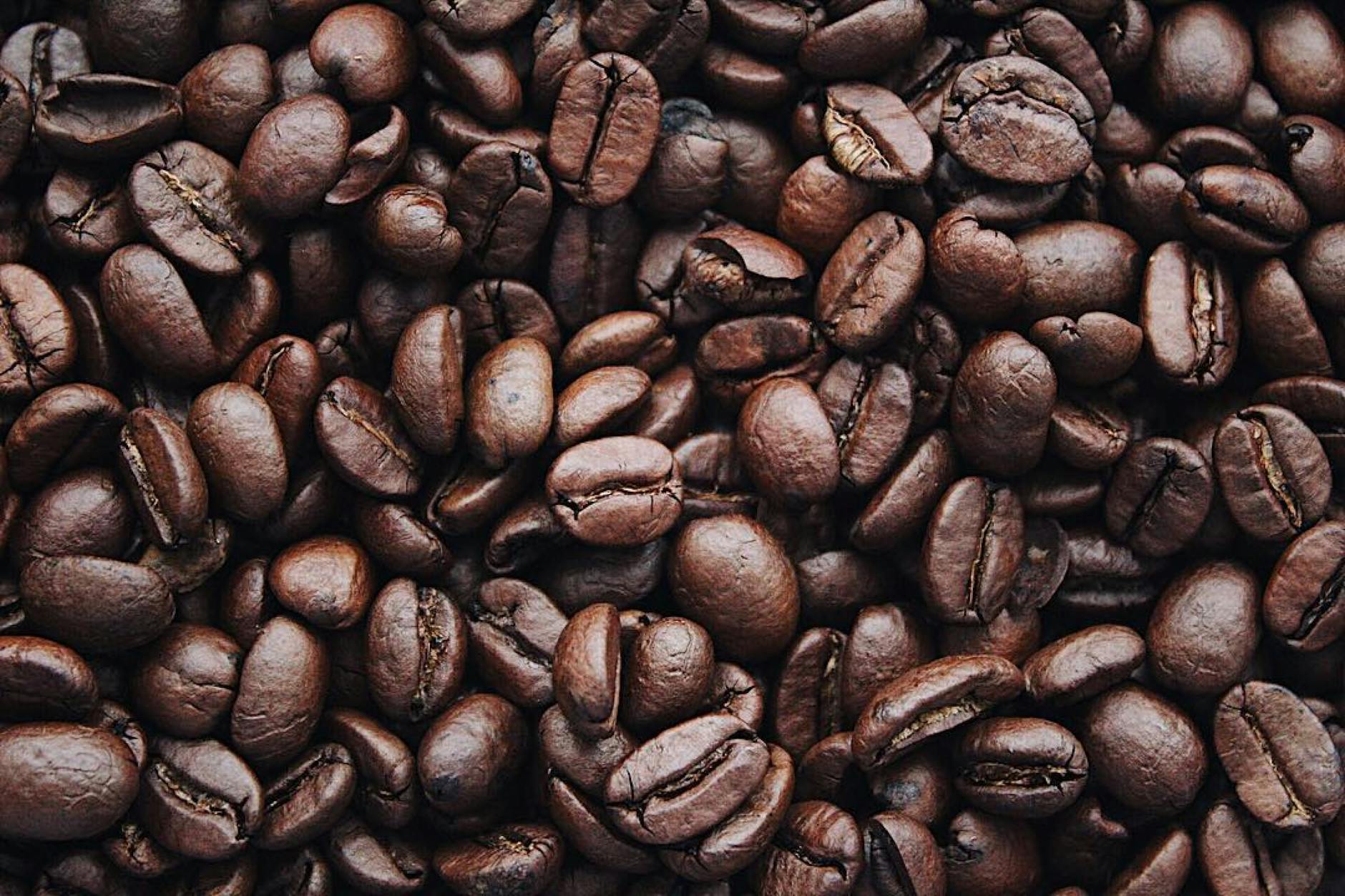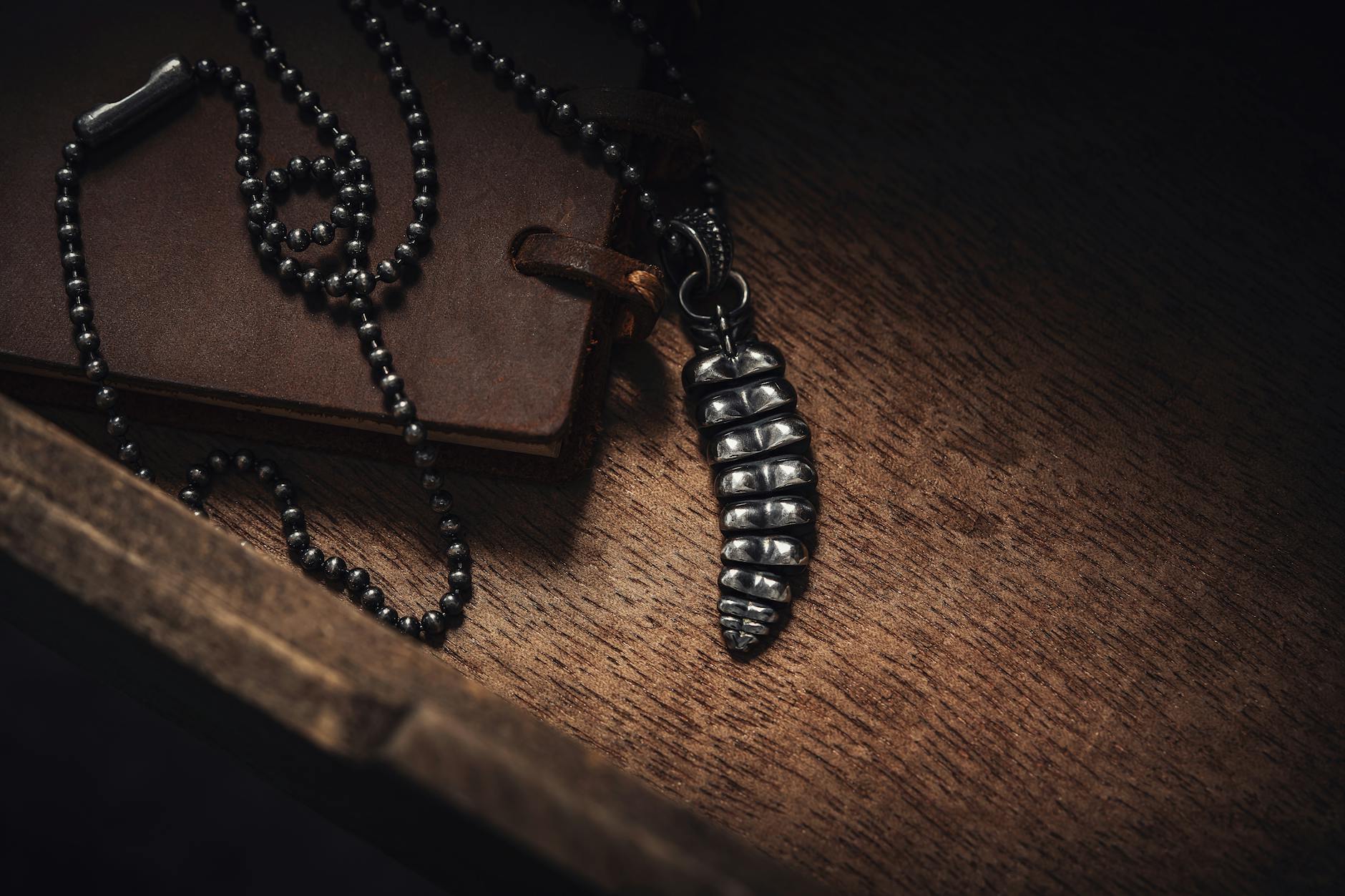Waking Up to Opportunity
The modern trading world never really sleeps—markets toggle from pre-market scans to after-hours swings, leaving little room for downtime. It’s no wonder coffee has become the unofficial lifeblood of traders everywhere. According to Healthline, caffeine can help enhance alertness, reaction times, and even short-term memory, all of which are crucial when you’re staring down a screenful of ticker symbols at 6 a.m. Nothing cements that early-morning ambition better than a quick shot of espresso paired with a metal riff in your earbuds.
Coffee as Mental Rocket Fuel
A strong brew isn’t just a beverage; it’s a ritual that centers your focus before market madness descends. The steaming cup in your hand reminds you to be both patient and decisive. Whether you’re going black or sweetening the pot with cream, the habit is about grounding your senses and priming your mind. If you want to elevate the experience further, consider sipping from fun mugs that reflect your no-nonsense, edgy vibe. Trading might be all about numbers, but attitude goes a long way in shaping your mindset.
Synergy with Trading
A truly modern trader is someone who merges technology, market knowledge, and personal discipline into one seamless groove. Coffee, in this sense, acts like a supporting band member—boosting your stage presence without overshadowing the performance. According to Investopedia, a clear head is essential for technical analysis and swift decision-making. The calm, repetitive process of preparing your morning brew can settle pre-market jitters so you’re not punching buy or sell orders out of raw panic.
Practical Tips for the Caffeinated Trader
- Time It Right: Downing caffeine too late in the afternoon can lead to restless nights. If you’re prepping for the opening bell, make that coffee your dawn ally.
- Don’t Overdo It: Excess caffeine can trigger jitters, mirroring the emotional roller coaster of a volatile market. Find the sweet spot that keeps you lively but not rattled.
- Personalize Your Ritual: Some traders love reading overnight news while the espresso machine hums. Others queue up a metal playlist for ambiance. Make it yours, so it becomes a stabilizing force.
- Mark Your Territory: Showcasing your metal spirit—or your sense of humor—can help you stay motivated. Sip from unique mug creations that nod to the rebellious stance you bring to the trading floor.

Brew and Battle Stations
Pushing Through Barriers
Ultimately, the combination of hot coffee and a hungry mind is what turns pre-market scans into game-winning trades. It’s the intangible boost that says, “I’m awake, I’m ready, and I’m not backing down.” When the markets open and the volume surges, you’ve already established a groove—alert, prepared, and confident. You might still face losing streaks or misreads, but your caffeine ritual and rock-steady mindset can help you bounce back. Like an epic guitar solo right after a quiet interlude, coffee elevates your mental tempo, gearing you up for whatever the market decides to throw your way.














